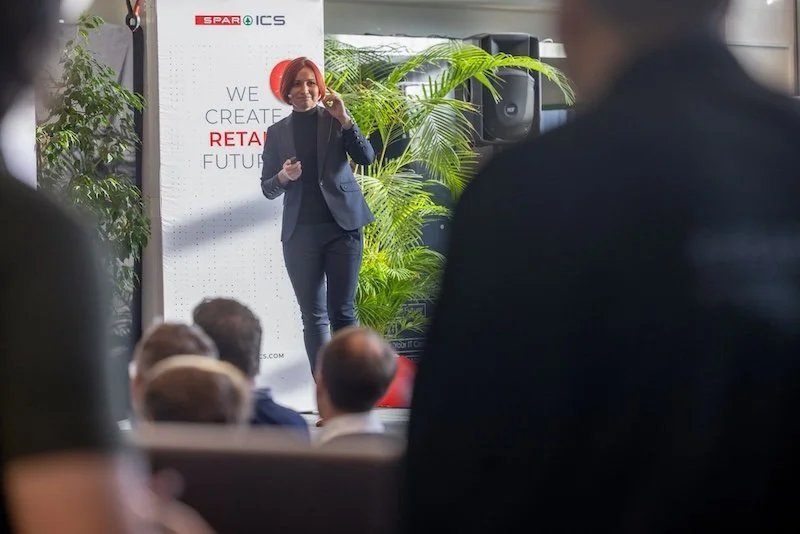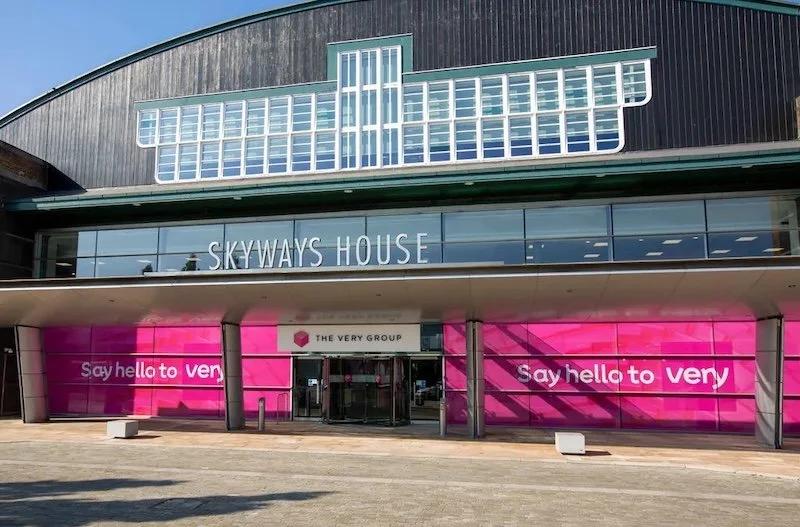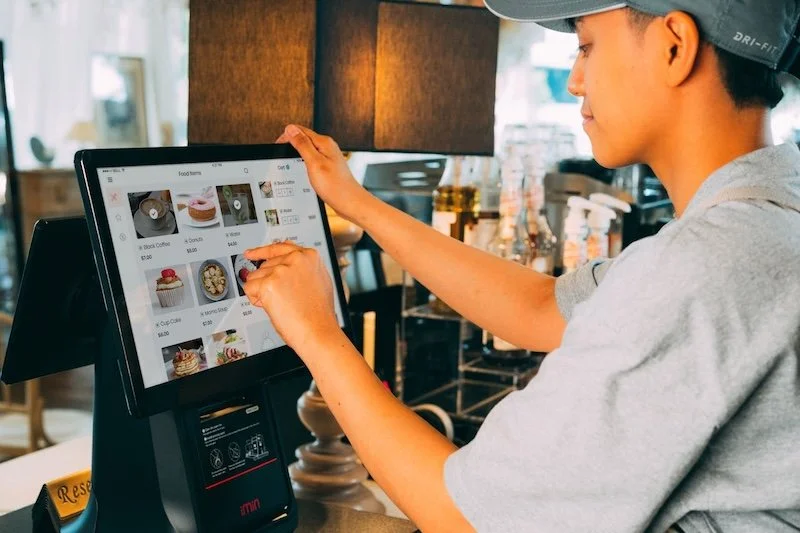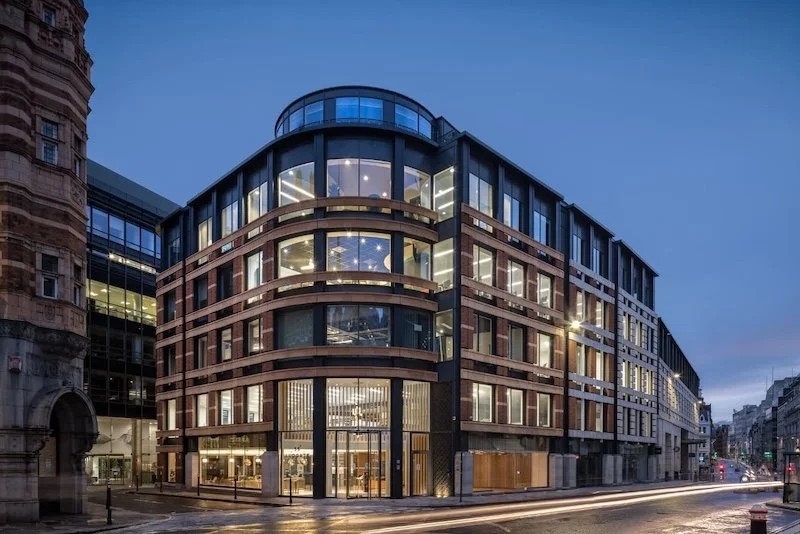Glovo’s Daniel Alonso Moreno: Q-commerce will drive growth for local retailers in 2024
Despite fears that Q-commerce would fade with the pandemic, the sector is expected to grow stronger than ever, reaching a projected market volume of $251.50 billion by 2028.
As with any other commerce division, its survival is down to its ability to strongly match consumer needs, providing quality experiences and, above all, convenience. This tracks with Glovo’s 39% surge in orders placed on non-food items over the course of 2023.
Aside from takeaways, consumers have become accustomed to instant delivery for other necessities, too.
Our research found that, last year, the growth of rapid delivery for items in the multicategory vertical – flowers, books, pet supplies, even sex toys – was up by 54%. A huge opportunity for retailers who are looking for ways to entice consumers back again, as the economic climate slowly starts to improve.
With Q-commerce increasingly transcending a host of categories to include fashion, electronics, and more, how is the year ahead shaping those businesses who want to ensure their customers get what they want quickly?
How can businesses in this sector ensure they’re poised for expansion – knowing where to cut and where to continue building?
Takeaways from takeaways
While the pandemic didn’t incite the creation of Q-commerce, it was a significant catalyst that enabled it to become a mainstay in most people’s lives.
Rapid delivery has become more and more flexible to fit around busy lifestyles and constantly changing schedules, a by-product of the evolution of flexible and hybrid working that spurred from pandemic working conditions.
With it, shopping habits have changed to match this new way of living, with an increased focus on non-food items such as home remedies and toiletries being easily and rapidly available.
For example, orders for pick-up in the pharmacy category increased by 252% in the past year, marking a conscious pivot by consumers to ensure that how they shop for essentials suits their schedules.
And further growth can be expected in 2024 as convenience and speed become much more important.
More categories on consumers’ doorsteps
As Q-commerce becomes more of a standard expectation among consumers, there is the potential to diversify the range of products and retailers it can support. Fashion is one such example that’s ripe for deploying Q-commerce as a delivery strategy.
In a similar way to how groceries can be delivered quickly, the fashion category has undergone rapid change that means customers could potentially choose the outfits they want online and get them within minutes, not days.
Electronics is another product vertical where Q-commerce will open up opportunities for retailers.
If, for example, a consumer has lost the charging cable for their phone, platforms can connect them to a local business, enabling them to get a replacement before they even need to worry about the battery running out, all thanks to Q-commerce.
Digitising to empower sustainable businesses
In 2024, more effort needs to be made to help local retailers digitise their stores. Doing so helps them to become more visible to consumers, and to create more economically sustainable businesses. But being online isn’t enough.
These local businesses have a huge opportunity to be at the forefront of Q-commerce, enabling them to become part of a supply chain that can deliver products to customers in a matter of minutes. Without them Q-commerce simply cannot exist.
In turn, local retailers can enable Q-commerce to be more environmentally sustainable than other forms of commerce. More traditional E-commerce platforms are often quite large businesses with thousands, if not millions, of products available to purchase.
That vast quantity requires warehouse space that’s not necessarily close to towns or cities. In some cases the products could be hundreds or thousands of miles away, making them impossible to deliver on the same day.
One estimate puts the CO2 cost of transporting a single pair of trainers more than 2.2 kilograms. For the whole of the athletic shoe industry that comes to 1.9 million kilograms.
Now, imagine if these items were within a few miles, rather than a few hundred. It would make a huge difference not just to waiting times, but the sector’s emissions.
Such potential to significantly reduce carbon emissions could become a reality, if local retailers are empowered with the means to deliver locally – and with less environmental impact. That is where Q-commerce comes in.
Now a mainstream way of shopping for many consumers worldwide, retailers are urged to ensure that Q-commerce is part of their offering.
By disrupting the original supply chain with its weaker environmental impact, it could be the game changer that local businesses need in order to be more responsive and gain a competitive edge over much larger companies that simply cannot react as fast.
As the variety of product availability grows, there’s more and more opportunity to drive local economic growth – something everyone will be happy to see delivered.
About the author: Daniel Alonso Moreno is VP of Q-Commerce at Glovo.
















Continue reading…